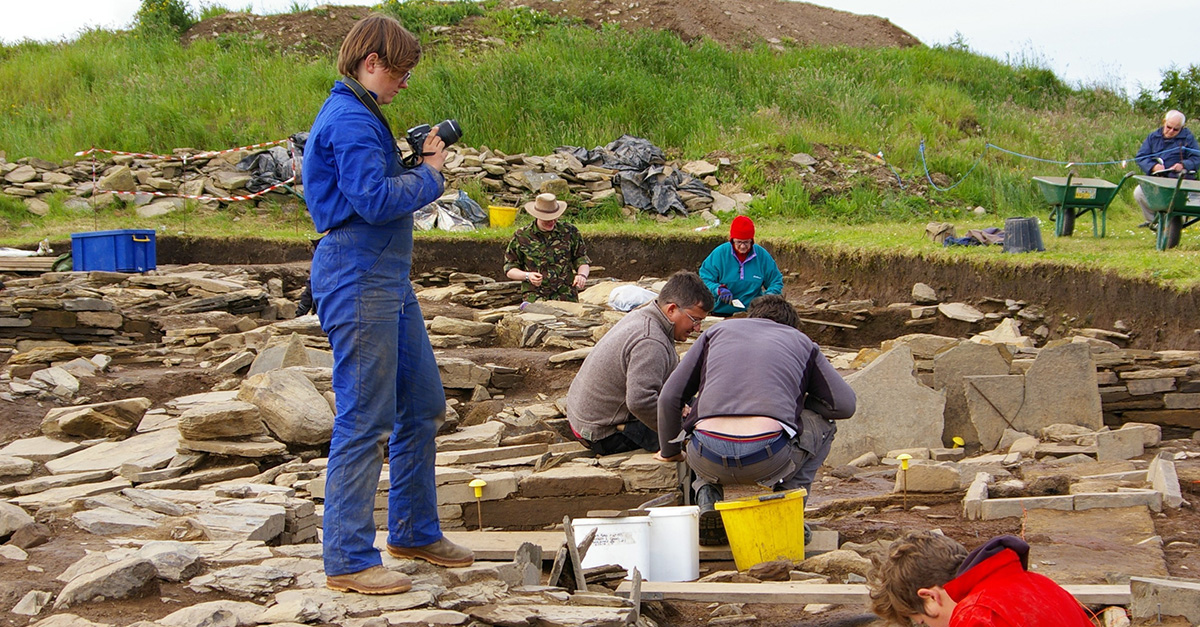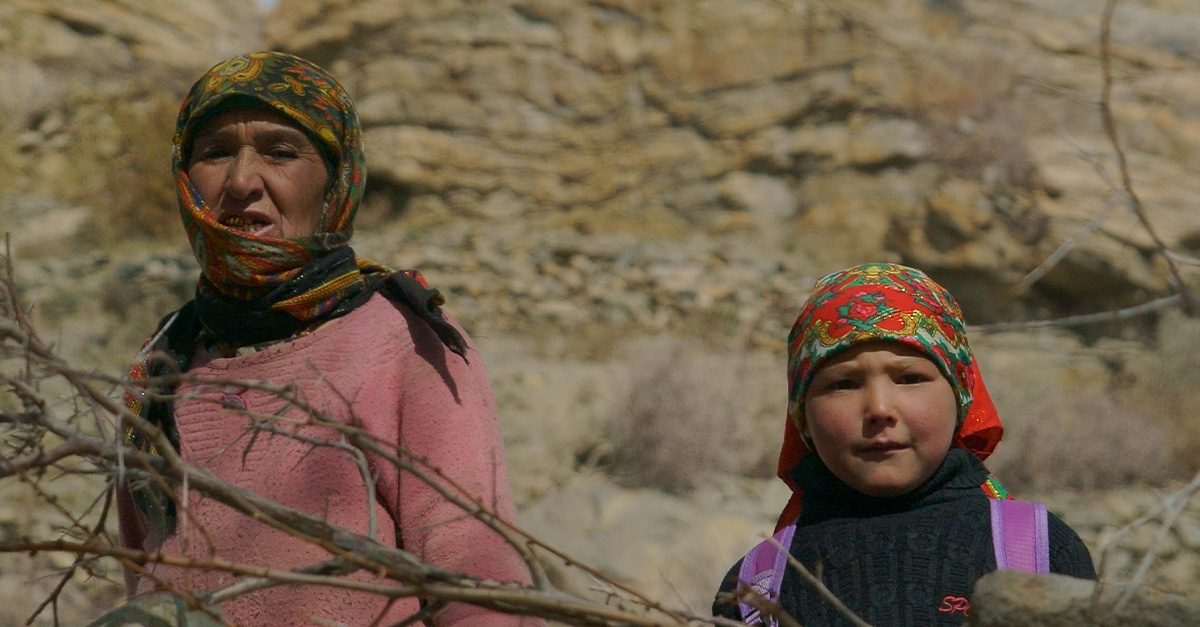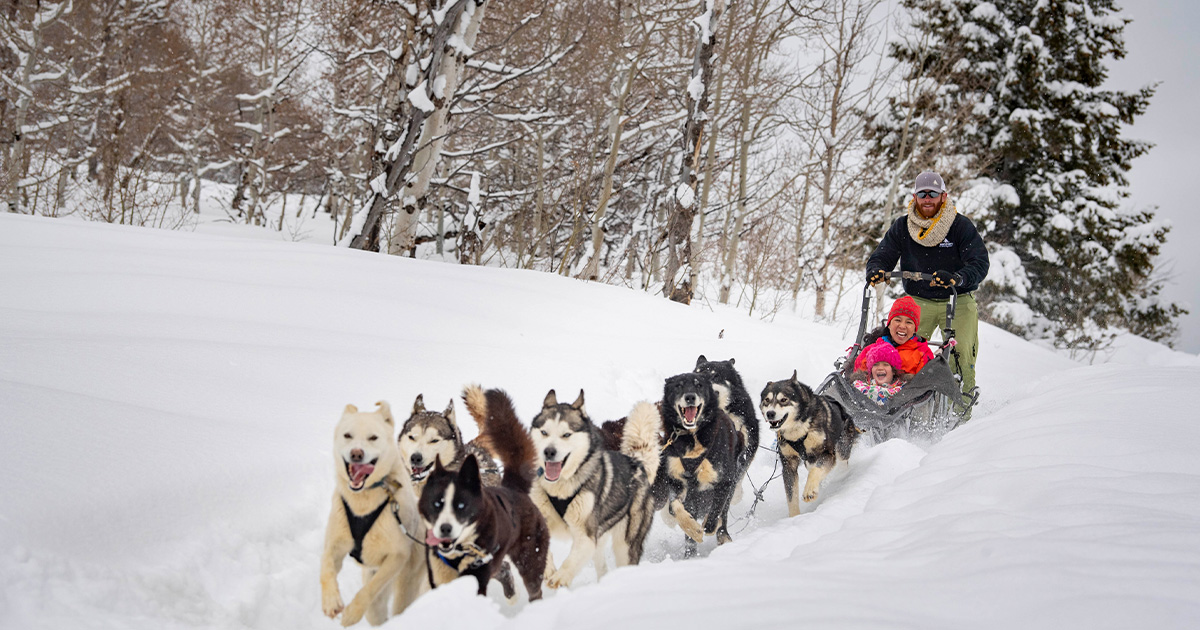The Earliest Depiction Of A Face In Scotland Looks Nothing Like You'd Expect
The Westray Wife, also known as the Orkney Venus, is a four-centimeter-high figure carved from sandstone. The Orkney Venus was discovered in 2009 by a group of archaeologists from Historic Scotland, an executive agency of the Scottish Government responsible for safeguarding Scotland's history.

A Bit About Historic Scotland
Established in 1991,Historic Scotland was an executive agency responsible for safeguarding Scotland's heritage, celebrating and promoting it, and encouraging the general public to appreciate Scotland's history. Much of their work involved organizing various archaeological digs around Scotland, including the one that resulted in the finding of the
What Is The Westray Wife?
Also known as the Orkney Venus, the Westray Wife is a four-centimeter-high figurine carved from sandstone.
It was dated to the Neolithic Era and is the first Neolithic carving of a human form to have been found in Scotland, as well as the earliest depiction of a human face in the UK to date.
Where Were Researchers Digging?
Research has been ongoing at the Links of Noltland, a large prehistoric site on the island of Westray in Orkney, Scotland. In the far-flung reaches of northern Scotland, there lies an extensive network of ruins from Neolithic and Bronze Age inhabitants, including several dwellings from each period.
The Links Of Noltland
The Links of Noltland feature an ancient settlement that dates back from 3300 to 800 BCE, featuring ruins that are buried beneath sand dunes. Scientists have been painstakingly excavating the site since the late 1970s. Many of these structures' age overlap with the oldest structure in Northwest Europe, the Knap of Howar.
 Peter Standing, Wikimedia Commons
Peter Standing, Wikimedia Commons
The Westray Wife Found Inside A Village Hall
In 2009, the largest structure found on the Links of Noltland was a village hall, which was almost completely structurally intact up to its roof.
Overlooking the main settlement, the structure was 66 feet wide with walls 9.5 feet thick. It was inside this hall that scientists found a curious, small sandstone object.
The Dimensions And Make-Up Of The Westray Wife
Standing approximately four centimeters tall, the Westray Wife's face had two small holes for eyes, heavy brows, and an oblong-shaped nose. A hatch pattern on the body represented clothing. Senior Archaeologist Richard Strachan called the find "astonishingly rare".
The Oldest Carving Of A Human Found In The British Isles
The centuries-old carving is the oldest carving ever of a human being found in the British Isles. Three more figurines were found in 2010 and 2012, only adding to excitement of what could lay beneath the sands of Westray.
 European Union, Copernicus Sentinel-3 imagery, Wikimedia Commons
European Union, Copernicus Sentinel-3 imagery, Wikimedia Commons
Resemblance To Carvings On The Holm Of Papa
The Holm of Papa is a small island in the Orkney Islands. Uninhabited, it's also the site of a Neolithic-age archaeological dig site. There, archaeologists have uncovered carvings in a chambered cairn (a human-made pile of stones with a chamber at the center of it) that bear similarities to the eyebrows found on the Westray Wife.
 hayley green, Wikimedia Commons
hayley green, Wikimedia Commons
Archaeologist Richard Strachan Elaborates
"Initial comparisons do show a similarity in use of this eyebrow motif and may point to the possibility that the markings in the cairn are meant to show human eyebrows and eyes, as the style is very similar to the figurine", says archaeologist Richard Strachan . Although, without further evidence, it's almost impossible to say whether the carvings were done by the same group of people, using the same basic understanding of artistic depictions of human forms.
 hayley green, Wikimedia Commons
hayley green, Wikimedia Commons
2010 Figurine Made From Clay, Missing Other Features
In 2010, the second figurine found in Westray was missing its head. It was shorter than the Westray Wife at 3.4 centimeters tall, and featured a hole punched in its abdomen. Carved triangles were found on its front torso, which may represent a tunic. Several small clay balls were found near this second figurine, which may have been intended to be its head. It's also made from clay, rather than sandstone, which may suggest it was created later than the Westray Wife.
Business Booms In Westray
Following the discovery of the second Westray Wife figurine in 2010, tourism reportedly went up by 45% and many local entrepreneurs latched on to the craze surrounding the Westray Wife and the second figurine. One baker created a special shortbread in the shape of the Westray Wife, calling it the "Westray Wifie".
 Timothy A. Gonsalves, Wikimedia Commons
Timothy A. Gonsalves, Wikimedia Commons
Other Neolithic Artifacts
It's not just carved figurines that are on offer at the site in Westray. Other Neolithic artifacts include worked bone objects, polished stone axes, and grooved ware pottery.
The latter is derived from the wicker basket-making of the Neolithic ancestors. The technique of grooved ware pottery was thought to have been developed on Orkney before being exported across Great Britain.
Property Of The Crown
Despite being discovered by archaeologist Jacob Kainz, the Westray Wife almost immediately became the property of the Crown, as the dig site at Westray is owned by the Scottish Government. The Crown leases the Westray Wife to the Westray Heritage Center, a four-star museum in the village of Westray.
Why Is It Called The Venus Of Orkney?
Another name given to the Westray Wife is "The Venus of Orkney". This is because it's known in the archaeological world as a "Venus figurine", an artifact that presents a female-like shape. Researchers speculated that the wider torso of the Westray Wife could be interpreted as wide hips.
Other Venus Figurines Around The World
There are a few other Venus figurines around the world, with most being discovered in Europe and dating back to the Gravettian Period (between 21,000 and 26,000 years ago).
One of the oldest Venus figurines is the Venus of Hohle Fels, which dates back 35,000 years. Here are some other significant Vanus figurines around the world.
Venus Of Hohle Fels
The Venus of Hohle Fels was found in Schelklingen, Germany in 2008. Researchers were excavating as part of the Ice and Caves Art exhibit at the Swabian Jura UNESCO World Heritage Site when they located the six-centimeter-tall figurine, made from mammoth ivory.
It may have been worn as an amulet and is often considered the oldest discovered depiction of a human being ever found.
 CristianChirita, Wikimedia Commons
CristianChirita, Wikimedia Commons
The Venus Of Galgenberg
The Venus of Galgenberg was located in 1988 near Stratzing, Austria. It measure 7.2 centimeters tall and is made from a type of serpentine stone. The figurine depicting a woman is a brilliant shiny green and is housed in the Austrian Museum of Natural History in Vienna.
It's one of two Venuses on display, making up the "two old ladies", as the museum curator affectionately calls them.
The Venus Of Tan-Tan
Found in Tan-Tan, Morocco, the Venus of Tan-Tan might be the oldest Venus figurine in the world, dating back some 300,000 to 500,000 years. Made of quartzite and discovered in 1999, it measures 2.4 cm long and 2.6 cm wide. Despite having a human-like shape, the Venus of Tan-Tan is disputed as the world's oldest Venus figurine as it was created by natural processes, like erosion, rather than by human hands.
What Does The Venus Of Orkney Indicate?
The Venus of Orkney and subsequent finds indicate that there is a rich Neolithic history in the far reaches of Scotland and the British Isles more broadly.
As researchers and archaeologists continue their efforts to uncover the past of the farthest reaches of Britain, the Westray Wife/Venus of Orkney asks questions like: What else did our ancestors depict in carvings? Where is it? What could they tell us about our history?
You May Also LIke:
Remote California Towns Where Life Is Simple Yet Beautiful



















